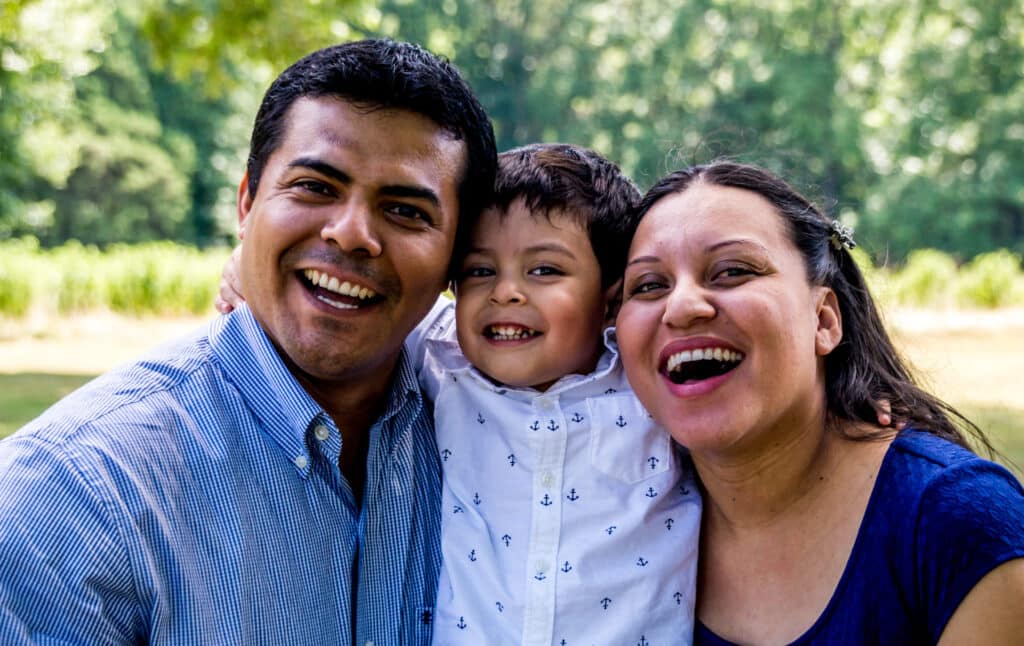This article, authored by Omar A. Escontrías, DrPH, MPH, Vice President of Research, Education & Programs, is reprinted in full with permission from the National Health Council.
 September 15 marked the beginning of Hispanic Heritage Month. Hispanics/Latinx are one of the fastest growing historically underrepresented racial/ethnic groups in the United States. They experience some of the highest mortality rates of chronic conditions, such as diabetes, chronic liver, and kidney diseases. Hispanic/Latinx patients additionally experience social and structural barriers to health such as: language, lack of health insurance, limited health literacy, and are subject to discriminatory and exclusionary policies.[i]
September 15 marked the beginning of Hispanic Heritage Month. Hispanics/Latinx are one of the fastest growing historically underrepresented racial/ethnic groups in the United States. They experience some of the highest mortality rates of chronic conditions, such as diabetes, chronic liver, and kidney diseases. Hispanic/Latinx patients additionally experience social and structural barriers to health such as: language, lack of health insurance, limited health literacy, and are subject to discriminatory and exclusionary policies.[i]
These barriers not only lead to delayed diagnosis of chronic diseases and treatments,[ii] but also, inequitable access to disease diagnosis. Recent research shows that from 2014-2018, Hispanic/Latinx patients received 53 hours of physician face time per year compared to 70 hours of physician face time per year by non-Hispanic white patients.[iii] These systemic barriers are consequential to widening health disparities, which became more apparent during the COVID-19 pandemic as Hispanics/Latinx patients were twice as likely to be hospitalized or die from the coronavirus compared to non-Hispanic whites.[iv]
The Hispanic/Latinx community is not a monolith. Comprising of more than 20 countries, Hispanic/Latinx patients require engagement efforts that are culturally and linguistically tailored. For example, increasing the number of tools and resources in Spanish is a step forward to improving health literacy and informed decision-making. According to a recent Pew Research Center survey, approximately, 44% of Hispanics/Latinx reported that language barriers and cultural differences were major factors for worse health outcomes than other adults in the U.S.
To compound this issue, the health care ecosystem is not equipped to meet the demands of the health care workforce of Hispanic/Latinx descent. Another Pew study indicates that 7% of all physicians and surgeons and 9% of all health care practitioners and technicians are Hispanic/Latinx, respectively.[v] Therefore, increasing the pipeline of Hispanics/Latinx physicians, nurses, dentists, pharmacists, technicians, and other health allies is a step forward to alleviating this problem.
Despite improvements in health care coverage as a result of the Affordable Care Act, there remains serious issues that disproportionally impact Hispanics/Latinx, and other racial/ethnic groups. Due to the institutional biases and systemic racism that exist multidimensionally in our health care ecosystem, Hispanics/Latinx (to include those that are foreign-born) are amongst the most vulnerable and disadvantaged. Thereby, these structural barriers are reinforcing culprits of discriminatory practices, beliefs, and policies that fuel poor health outcomes, and impede optimal health.
Collectively, we must break these oppressing cycles, continue the lucha (fight), be agents of change, and dismantle disparities in the pursuit of health equity in the Hispanic/Latinx patient community.
As a bilingual, bi-cultural, and first-generation immigrant from México, my lived experiences in the health care ecosystem have shaped my ability to create change and improve the lives of those without a voice. From serving as a translator at a young age for my mother and family members doctor’s appointments, building and serving on coalitions that address chronic diseases, mitigating infectious disease outbreaks, conducting evidence-based research that informs and shapes health policies, and most important of all, staying grounded to my Hispanic/Latinx beliefs and values are what I am most proud of.
As we observe Hispanic Heritage Month and continue to navigate the complexities of the health care ecosystem in the United States, the lucha to improve the health and engagement of Hispanic/Latinx patients carries on.
References
[i] Mann-Jackson, L., Song, E. Y., Tanner, A. E., Alonzo, J., Linton, J. M., & Rhodes, S. D. (2018). The Health Impact of Experiences of Discrimination, Violence, and Immigration Enforcement Among Latino Men in a New Settlement State. American Journal of Men’s health, 12(6), 1937–1947. At: https://doi.org/10.1177/1557988318785091.
[ii] Olazagasti, C., & Seetharamu, N. (2021). Disparities in lung cancer screening rates among the Hispanic/Latinx population. Lung Cancer Management, 10(3).
[iii] Gaffney, A., Himmelstein, D. U., Dickman, S., McCormick, D., Cai, C., & Woolhandler, S. (2022). Trends and Disparities in the Distribution of Outpatient Physicians’ Annual Face Time with Patients, 1979-2018. Journal of General Internal Medicine, 10.1007/s11606-022-07688-x. Advance online publication. At: https://doi.org/10.1007/s11606-022-07688-x;
[iv] Centers for Disease Control and Prevention. COVID-19. Hospitalization and Death by Race/Ethnicity. (2022) At: https://www.cdc.gov/coronavirus/2019-ncov/covid-data/investigations-discovery/hospitalization-death-by-race-ethnicity.html.
[v] The Pew Research Center. STEM Jobs See Uneven Progress in Increasing Gender, Racial and Ethnic Diversity (2021).At: https://www.pewresearch.org/science/2021/04/01/stem-jobs-see-uneven-progress-in-increasing-gender-racial-and-ethnic-diversity/.

